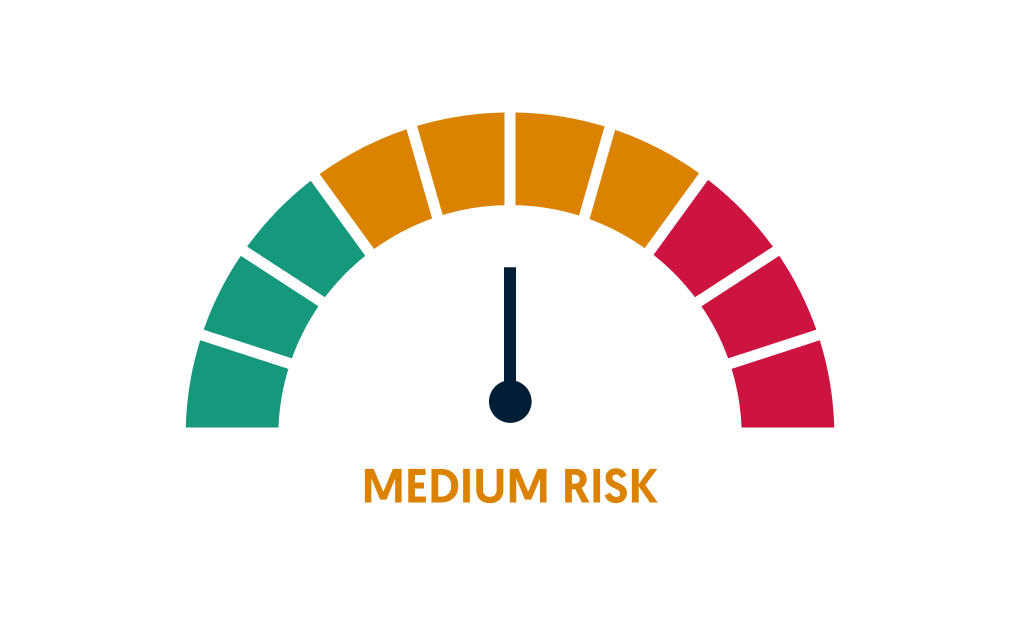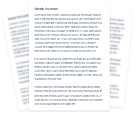Deed of Debt Forgiveness
A Deed of Debt Forgiveness may be used by a lender to forgive a debt owed by a borrower.
4.5 (26 reviews)
Last updated October 24, 2025
Under 10 minutes
Suitable for Australia
Written by Edwin Montoya Zorrilla
Reviewed by Damin Murdock
Document Overview
A Deed of Debt Forgiveness is typically used when an individual owes debt and is struggling to make repayments. This template deed allows the debtor to stop payments on outstanding debt, effectively "forgiving" the lender.
The Legal Risk Score of a Deed of Debt Forgiveness Template
Our legal team have marked this document as medium risk considering:
- There is a risk that the borrower might misunderstand the scope of the forgiveness, as the document specifies that only the debt under a particular agreement is forgiven, leaving other debts potentially enforceable.
- The deed has specific signature requirements.
- The confidentiality clause restricts the sharing of information about the deed's terms, which could complicate the borrower's ability to freely discuss or disclose the terms when seeking advice or complying with regulatory requirements.

Deed of Debt Forgiveness Checklist
Complete your free Deed of Debt Forgiveness with our checklist
Verify Execution Completeness
Ensure that all parties have signed the deed in counterparts, each of which shall constitute an original.
Manage Tax Obligations
Consult with a tax professional to understand and manage any potential tax implications resulting from the debt forgiveness.
Maintain Confidentiality
Adhere strictly to the confidentiality terms outlined in the deed, disclosing the details only when necessary for legal, professional advice, or regulatory compliance.
Review Legal Compliance
Check compliance with applicable laws and regulations as mentioned in the deed, particularly those related to debt release and financial reporting.
What does the Deed of Debt Forgiveness cover?
- Terms and conditions concerning forgiveness of the debt.
- Taxation.
- Confidentiality.
- The effective date of forgiveness.
What are the benefits of having a Deed of Debt Forgiveness?
A Deed of Debt Forgiveness is beneficial for both the debtor and the creditor because it can:
- Provide clarity and certainty about the release of the debt, ensuring that both the debtor and the creditor understand the terms of the forgiveness, particularly in case of potential future disputes.
- Grant financial relief by eliminating debt that may be causing financial hardship.
- Provide legal protection for both the debtor and the creditor by ensuring that the debt is formally cancelled and that there can be no future claims or legal action related to the forgiven debt.
- Maintain a positive relationship between the debtor and the creditor. By formalising the forgiveness of the debt, it can demonstrate goodwill and a willingness to work together in the future.
View Sample Deed of Debt Forgiveness
It's never been so easy
Sign-up to a free Lawpath account
Get started and we'll take care of you. It's that easy.
Browse our 500+ legal documents
Browse our 500+ legal documents to find the perfect match to cover your business needs. We've got Compliance, Employment, Service agreements and more.
Collaborate with e-Sign and Sharing
Having access to your legal documents has never been easier. You can request e-signature, share the document and download for an efficient collaboration.
Create unlimited legal documents and eSignatures for only $39/month.
Upgrade to a Lawpath legal plan to boost your new business.


Here's what people say about Lawpath's Deed of Debt Forgiveness
Reviews are managed by BazaarVoice and comply with the BazaarVoice Authenticity Policy. Reviews are independently verified by BazaarVoice and detail our customers' real experiences.
0 reviews
Most Recent
Highest to Lowest Rating
Lowest to Highest Rating

